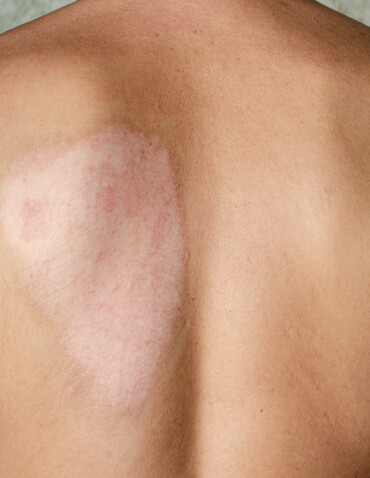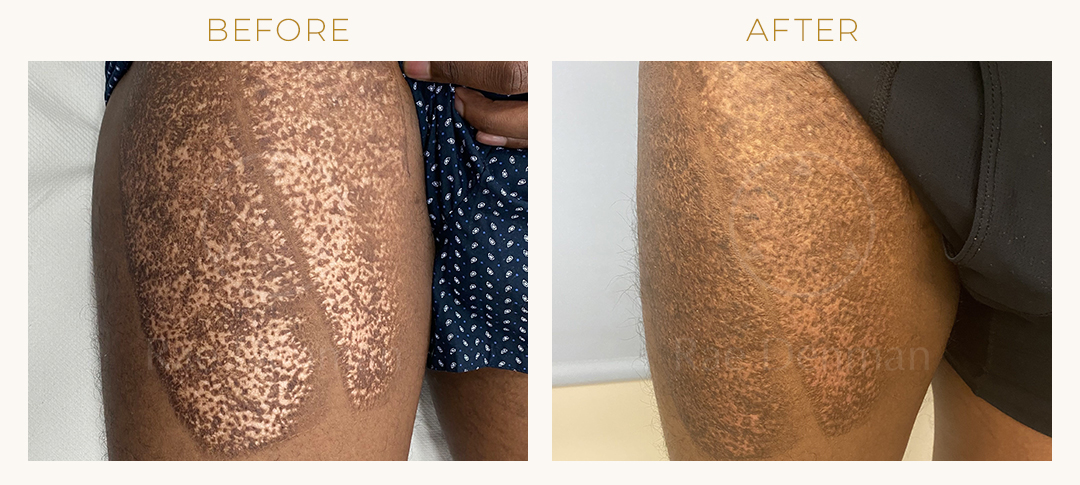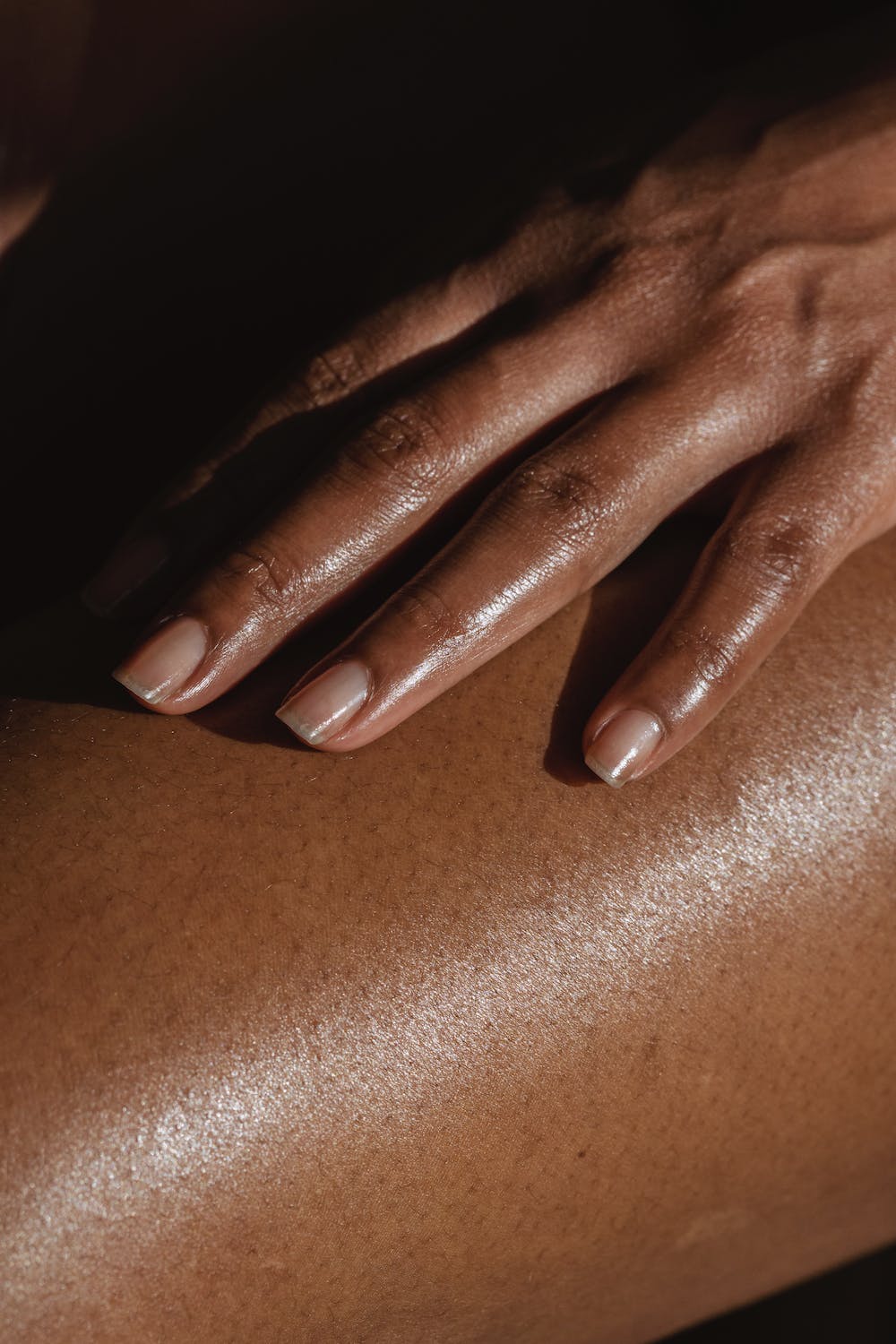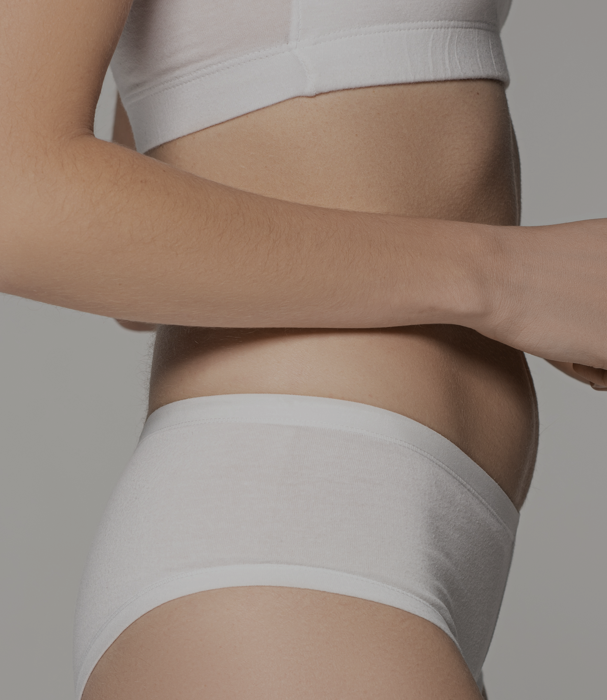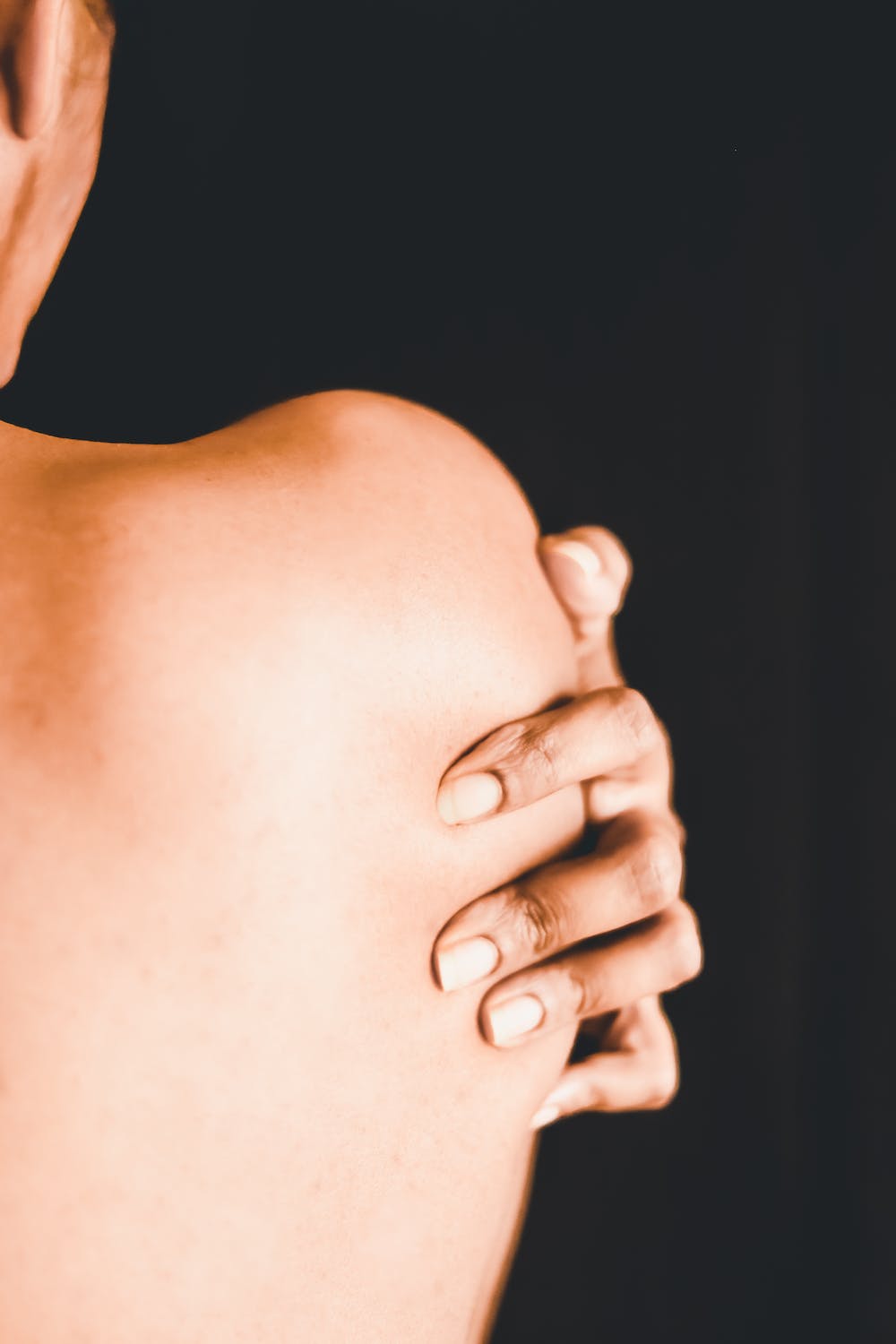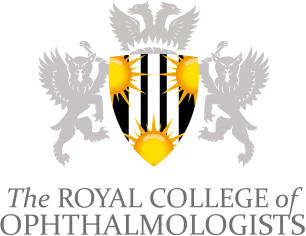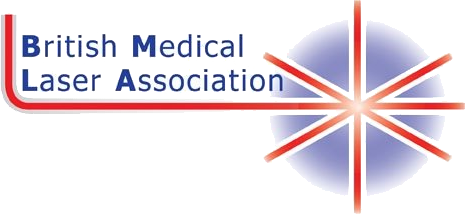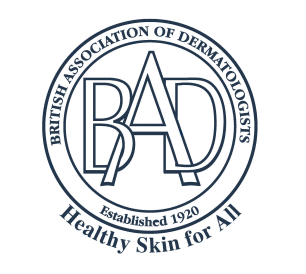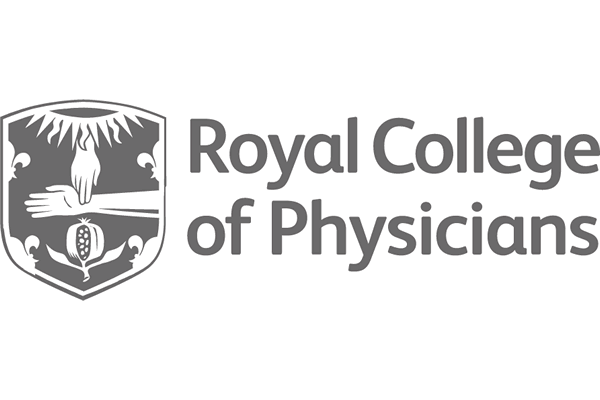Introduction
Skin grafting is a surgical procedure for treating severe skin conditions or injuries. This process involves three stages, each characterised by specific activities and changes at the cellular level.
Various types of skin grafts are used in medical practice, but the most common are full-thickness and split-thickness skin grafts. The choice between these graft types depends on the patient’s condition and the intended outcome of the procedure.
This article will provide an in-depth look into the three stages of skin graft healing – the inflammatory phase, proliferative phase, and maturation phase. Each stage is important for the overall success of the skin graft and contributes to the healing and restoration of function in the graft area.
Understanding these stages, their duration, characteristics and the necessary care tips can greatly enhance the management of the healing process post-surgery.
Inflammatory Response
The inflammatory phase is initiated by the injury to the skin tissue during the grafting process. This causes the release of various substances, such as histamines and cytokines, which trigger the body’s inflammatory response. This response includes dilating blood vessels and mobilising white blood cells to the graft site.
Cellular Responses
Cellular responses during this phase involve the migration of neutrophils and macrophages to the affected area. Neutrophils are the first cells to arrive, helping to clean the wound by engulfing bacteria and cellular debris. Macrophages follow, further assisting in wound cleaning and releasing growth factors promoting healing.
Management and Care Tips
Management and care tips during the inflammatory phase include keeping the graft site clean and protected to prevent infection. It is also important to manage pain and swelling through prescribed medications and rest. Make sure to eat and hydrate well at this stage, as the body requires additional resources to initiate the healing process. Regular monitoring of the graft site for signs of infection or complications is also necessary.
Wound Contraction
Another important activity during the proliferative phase is wound contraction. Myofibroblasts, a type of fibroblast, are responsible for this process. They pull the edges of the wound together, reducing its size and helping to close the wound.
Preventative Measures and Supportive Care
Preventative measures and supportive care are crucial during the proliferative phase. This includes keeping the graft site clean and moist, using prescribed medications to avoid infection, and maintaining a healthy diet to support tissue repair. It is also generally advised to avoid smoking and excessive alcohol, as these can hinder the healing process.
During this stage, monitoring the graft site for any signs of complications such as infection, graft failure, or excessive scarring is essential. Regular follow-up visits to the healthcare provider are necessary to ensure the healing process is progressing as expected.
Stage 3: Maturation Phase
Duration and Characteristics
The maturation phase, also known as the remodelling phase, is the final stage of skin graft healing. It can commence as early as three weeks post-surgery and may last for several months or even years, depending on the size and severity of the graft. In this stage, the skin passes through the reorganisation of collagen fibres and a gradual increase in graft strength.
Tissue Remodeling
Tissue remodelling is a crucial part of the maturation phase. The collagen that was previously laid down disorganised during the proliferative phase is now replaced with a more organised and stronger type of collagen, resulting in a more stable skin graft.
Scar Formation
Scar formation is a natural part of the skin graft healing process. In this phase, the wound fully closes and a scar forms. The scar initially appears red and raised but fades and flattens over time. The rate and extent of scar formation can vary significantly among individuals, and it largely depends on the patient’s age, genetics, and the quality of care given to the wound.
Functional Restoration
The maturation phase is also the stage where the functionality of the grafted skin is restored. The grafted area becomes smoother and stronger, and the skin gradually retains its normal appearance and texture. However, it’s important to note that the grafted skin may not completely match the surrounding skin’s colour and texture.
Long-term Care and Scar Management
Long-term care and scar management include keeping the skin moisturised, protecting the area from sun exposure, and engaging in gentle exercises to improve skin flexibility. It may also involve silicone sheets or gels to reduce scar appearance. Regular follow-ups with the healthcare provider are also crucial for monitoring the progress of the healing process.
Facial fat grafting, like any surgical procedure, carries certain risks. These may include:
- Infection: Though rare, any procedure involving incisions or injections carries a risk of infection. Strict adherence to sterile techniques significantly reduces this risk.
- Irregularities in Skin Texture: Uneven fat distribution can lead to lumps or uneven skin texture. Skillful injection techniques aim to minimise this risk.
- Overcorrection or Undercorrection: Achieving the desired aesthetic outcome sometimes requires precision that may not always lead to the intended volume increase, leading to overcorrection or under-correction.
- Swelling and Bruising: Common temporary side effects of the procedure, which typically resolve on their own within a few days to weeks.
- Fat Resorption: Some of the transferred fat may be naturally absorbed by the body, affecting the volume gained from the procedure. This is accounted for during the procedure, but results may still vary.
Factors Affecting Skin Graft Healing
Several factors can affect the healing process of a skin graft. These can be categorised into patient-related factors and graft-related factors.
Patient-related Factors
Patient-related factors refer to the patient’s individual characteristics that can influence the healing process. These include age, nutritional status, and existing medical conditions.
Age can impact the healing process, as older individuals generally have a slower healing rate than younger ones. Nutritional status plays a significant role in healing, with malnourished patients often experiencing delayed or compromised healing. Existing medical conditions, such as diabetes or vascular diseases, can also hinder healing. Furthermore, lifestyle habits such as smoking , and alcohol consumption can negatively impact wound healing and should be avoided.
Graft-related Factors
Graft-related factors involve the characteristics of the graft itself and the surgical procedure. The type of graft used (full-thickness or split-thickness skin grafts) can influence the healing process. Full-thickness skin grafts often provide a better cosmetic result but may take longer to heal.
The graft’s size and location can also affect healing. Larger grafts or grafts placed in areas which are subjected to significant movement or with poor blood circulation may take longer to heal. The technique used to secure the graft, the cleanliness of the wound, and the post-operative wound care can all also significantly impact the healing process.
Recognising Signs of Complications
Recognising the signs of complications early is a key aspect of proper monitoring and care. Complications can range from infections, graft failure, and excessive scarring to wound dehiscence, among others. Early recognition of these signs can prompt immediate intervention, preventing complications and promoting better healing outcomes.
Signs of infection may include increased pain, redness, swelling, or pus discharge at the graft site. Graft failure may be indicated by discolouration or non-healing of the graft. Excessive scarring can manifest as thick, raised, or itchy scars.
Follow-up Care and Rehabilitation
Regular follow-up visits to the healthcare provider are necessary to ensure the healing process is progressing as expected after a skin graft procedure. These visits provide an opportunity for the healthcare provider to assess the graft site, monitor healing progress, and address any complications that may arise.
Rehabilitation, including scar management strategies and exercises to improve skin flexibility, may also be introduced during the follow-up care. These interventions are important for enhancing the functional and cosmetic outcomes of the skin graft.
Conclusion
In conclusion, understanding the three stages of skin graft healing – the inflammatory, proliferative, and maturation phases – is crucial for managing the healing process post-surgery. Each stage, with its specific duration, characteristics, and care tips, plays a vital role in the overall success of a skin graft and contributes to the healing and restoration of function in the graft area.
The journey of skin graft healing requires patience and diligence. Depending on various patient-related and graft-related factors, it can take weeks to months or even years. However, with proper monitoring and care, complications can be prevented and better healing outcomes can be achieved.
It’s important to remember that every individual’s healing process can vary, and it’s essential to maintain regular follow-ups with your healthcare provider to ensure the healing process is progressing as expected.
If you have any questions or concerns about skin grafting, skin conditions, or the healing process, do not hesitate to contact us at The London Scar Clinic. Our team of experts is always ready to provide you with the necessary guidance and support.


